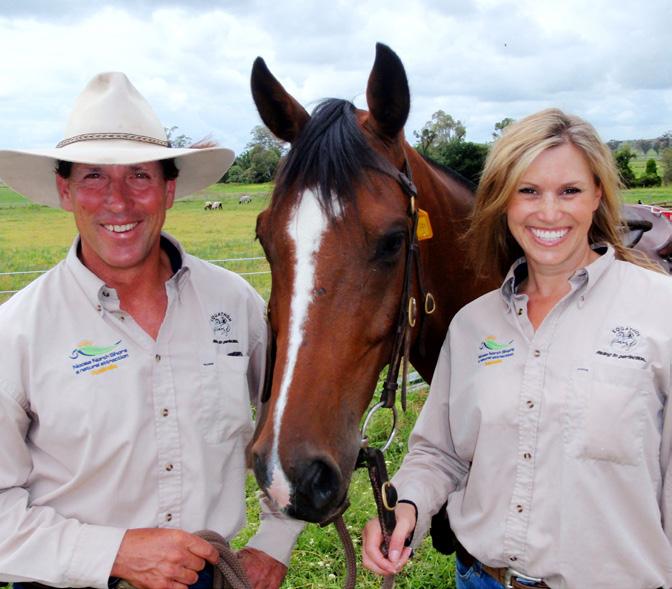
8 minute read
Nutrition: Feeding your older horse
Six-year-old Gian and Lightning, who was in his late 20s in this photo. He’s now well into his 30s and still Pony Clubbing (Image by Jenna Bilston).
NUTRITION
Advertisement
Feeding your older horse
In this article, equine nutritionist LARISSA BILSTON takes a look at how to prepare an optimal diet to meet the changing needs of your aging horse.
much-loved horses through their retirement years is an honour many us happily perform for our equine friends. Older schoolmaster horses are highly valued for the lessons they can teach but they do need some additional nutritional support to keep them performing into their golden years. Check general and dental health Continue to take care of teeth, worming or other veterinary issues regularly, even in horses that are no longer ridden. This allows them to optimally utilize the nutrients they consume. When planning a diet for your older horse it’s important to know if they have any metabolic or health conditions that impact on the types of nutrients that are suitable to feed. Provide adequate and appropriate roughage The first step in planning a good diet is to ensure enough pasture is available for grazing and to supplement with hay when pasture is limited. This is the key to maintaining gastric health in horses of any age. Horses need to be able to eat around two per cent of their bodyweight in dry matter per day to keep their gut functioning optimally. For a 500 kgs your older horse’s teeth allow good utilisation of grass or hay. Horses with worn or missing teeth may need to be fed chaff (and lots of it!) to ensure their roughage needs are met.
If your horse is overweight, has a metabolic condition, or is prone to laminitis then limiting green grass and supplying them with low sugar hay (see sidebar) weighing 1.5 per cent of their bodyweight is often necessary. Slow feeder hay nets can help make their daily ration last so that they always
Having the luxury of keeping
have access to something to eat. horse, that adds up to 10 kgs of dry matter per day, which could be 11 kgs of hay or up to 50 kgs of fresh grass!
The horse gut evolved to constantly digest a steady stream of fairly low energy, high fibre forage. When pasture is in limited supply, underweight or ageing horses need an unlimited supply of good quality grass or meadow hay. Lucerne hay should comprise no more than 30 per cent of roughage intake.
Ask your vet or equine dentist if Add calories Not all horses will get enough energy from hay and grass to maintain weight. Be prepared to increase the size of hard feeds in response to weight loss but always make sure free choice hay is available for underweight horses.
If you're looking for something to top up a diet in order to put weight on, you don't necessarily need a product that says 'weight gain' on the bag - you only need to add more calories. This is often easiest achieved by
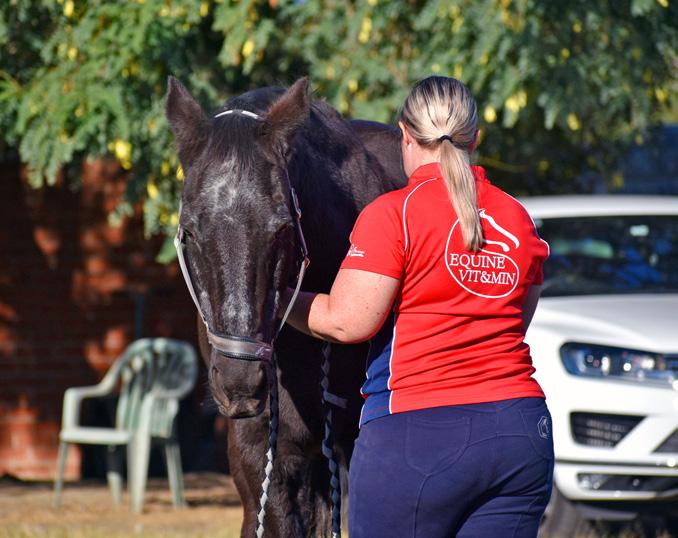
feeding more of what you already feed. However, make sure you feed enough fibre before increasing hard feeds.
You can increase the level of energy (calories) in the diet with a cereal grain (such as oats or barley), a legume grain (e.g. lupins), a 'super fibre' (like beet pulp, soy, or lupin hulls) or oil. Or a combination of the above as plain ingredients, or in the form of a premixed pellet or muesli style feed.
Horses with equine metabolic syndrome or insulin resistance who do not maintain weight from forage alone can only consume a low GI feed such as beet pulp, copra, legume hulls, lupins or oil.
When choosing your grain or energy source, consider the condition of your older horse’s teeth and their digestive efficiency as well as how much time and energy you are willing to put into preparation.
• Whole oats can be fed raw, but other cereal grains such as barley, oats, and sorghum should be fed in a cooked form. You can boil them or buy steam flaked or micronised. • You may wish to avoid the cooked grains with added molasses - just check the labelling on the bag. • Some super fibres require a few minutes soaking. • Uncooked lupins are also best soaked to soften the seed coat – soak whole lupins for 6 hours or overnight.
Cracked lupins soften if soaked in boiling water for 10 minutes. TIP: Older horses produce less saliva. Dampen hard feeds to aid swallowing and reduce the risk of choke.
When using oils for weight gain, take care to keep the diet anti-inflammatory by providing enough omega-3 fatty acids to balance the added pro-inflammatory omega-6 oils.
The amounts of energy food required depend on horse size, level of activity, the amount of energy provided by the roughage source and the individual's The greying muzzle of a dear old friend (Image by Susanne Jutzeler).
metabolism. Research shows that some older horses experience a decline in the function and efficiency of their digestive tracts but others seem to process feed as robustly as ever. If your older horse requires large hard feeds, it is better to split these into two or more meals per day.
Check protein levels Adequate roughage usually provides enough protein to meet the daily needs of adult horses but some older horses are less efficient at digesting protein and may need some supplemented.
If there is no clover in the pasture, increase dietary protein by feeding a biscuit of two of lucerne hay per day, or by adding full fat soy or
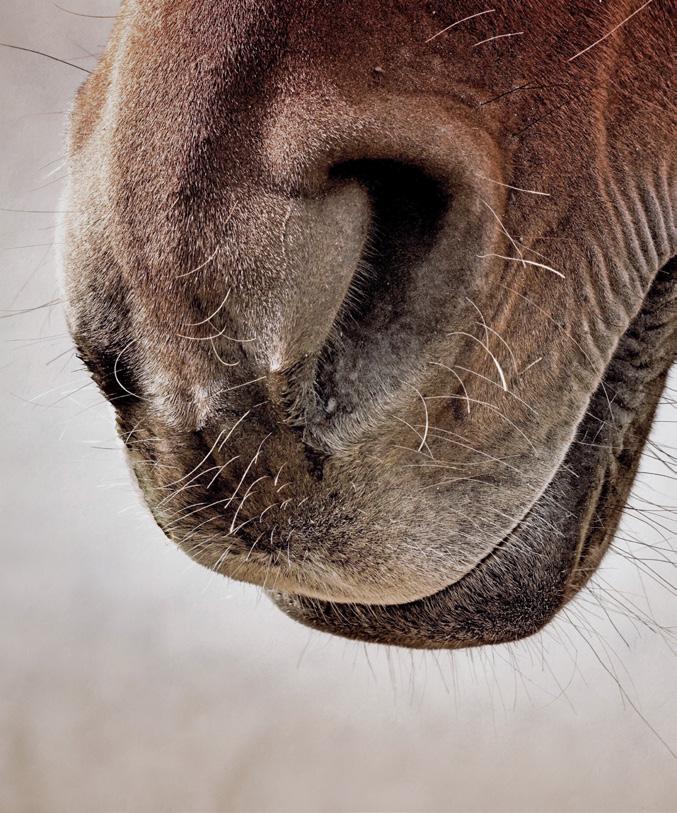
legume products in the hard feed.
Balance the vitamins, minerals and fatty acids Feeding your horse a correctly balanced diet complete with all the vitamins, minerals and fatty acids needed will allow the body to function optimally. This can result in improved ‘fuel efficiency’ and immune function. Remember that unless all minerals are provided in the correct ratios, it is possible for a horse to be deficient in one mineral even if the recommended daily intake is given.
Horses produce their own vitamin C supply from glucose in the liver, but as they age the efficiency declines and an antioxidant supplement containing vitamin C is recommended.
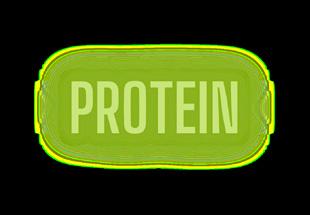
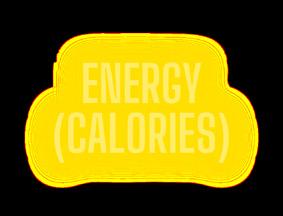
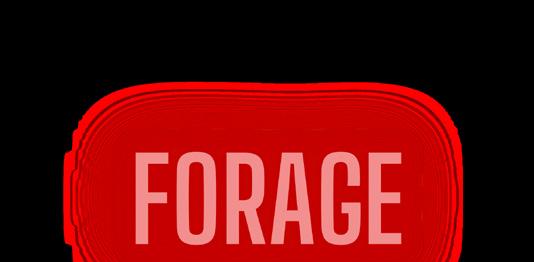


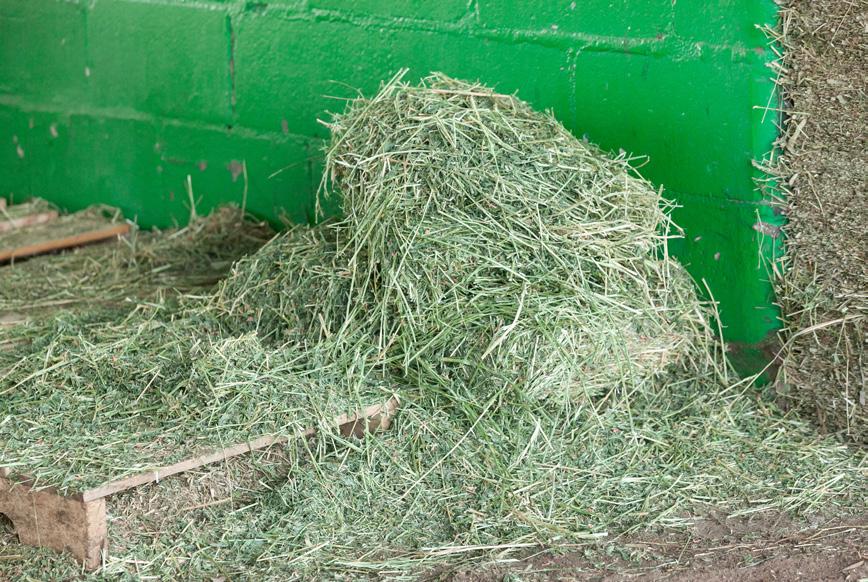
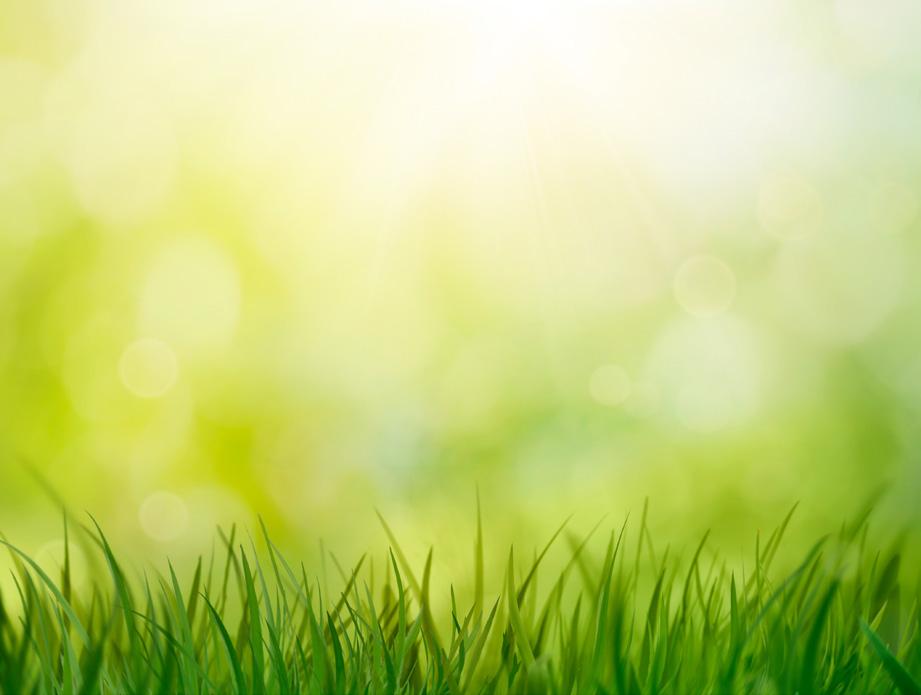
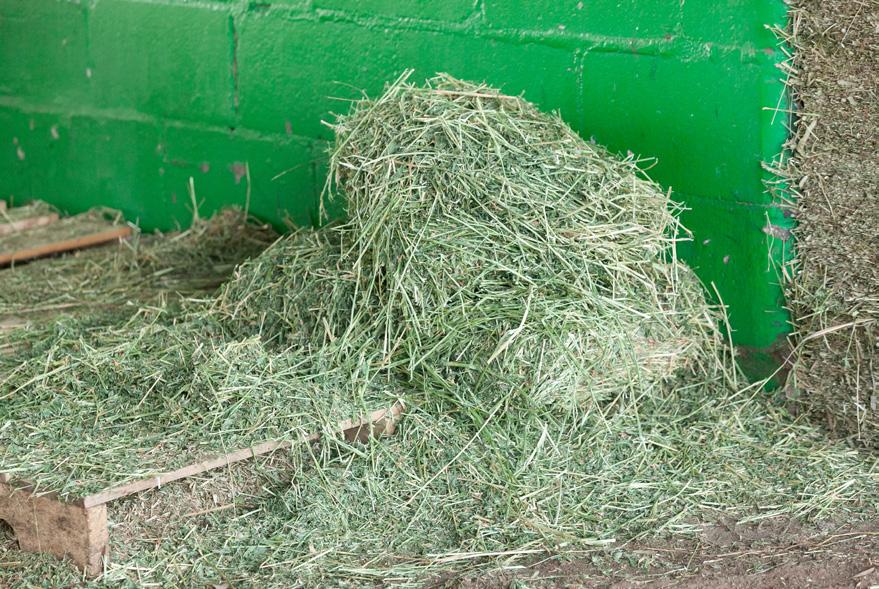

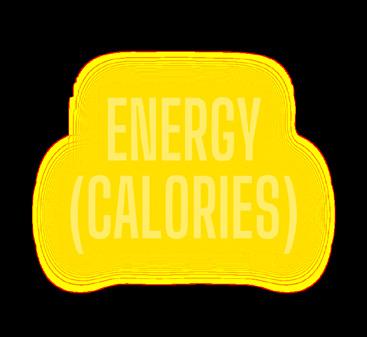
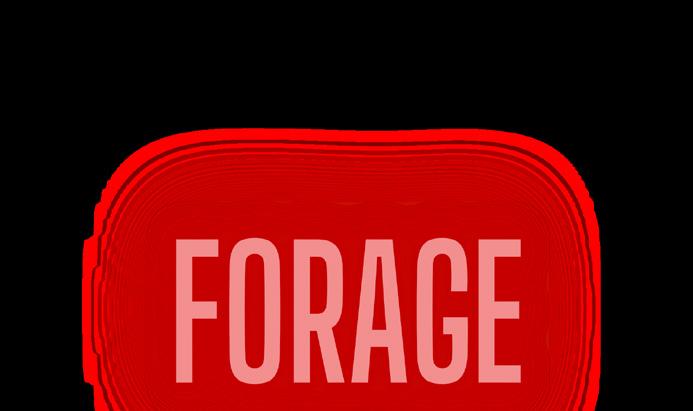
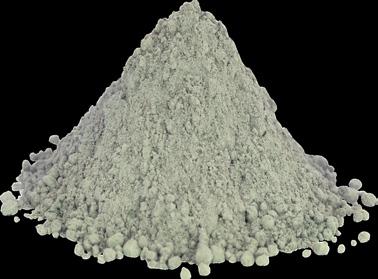


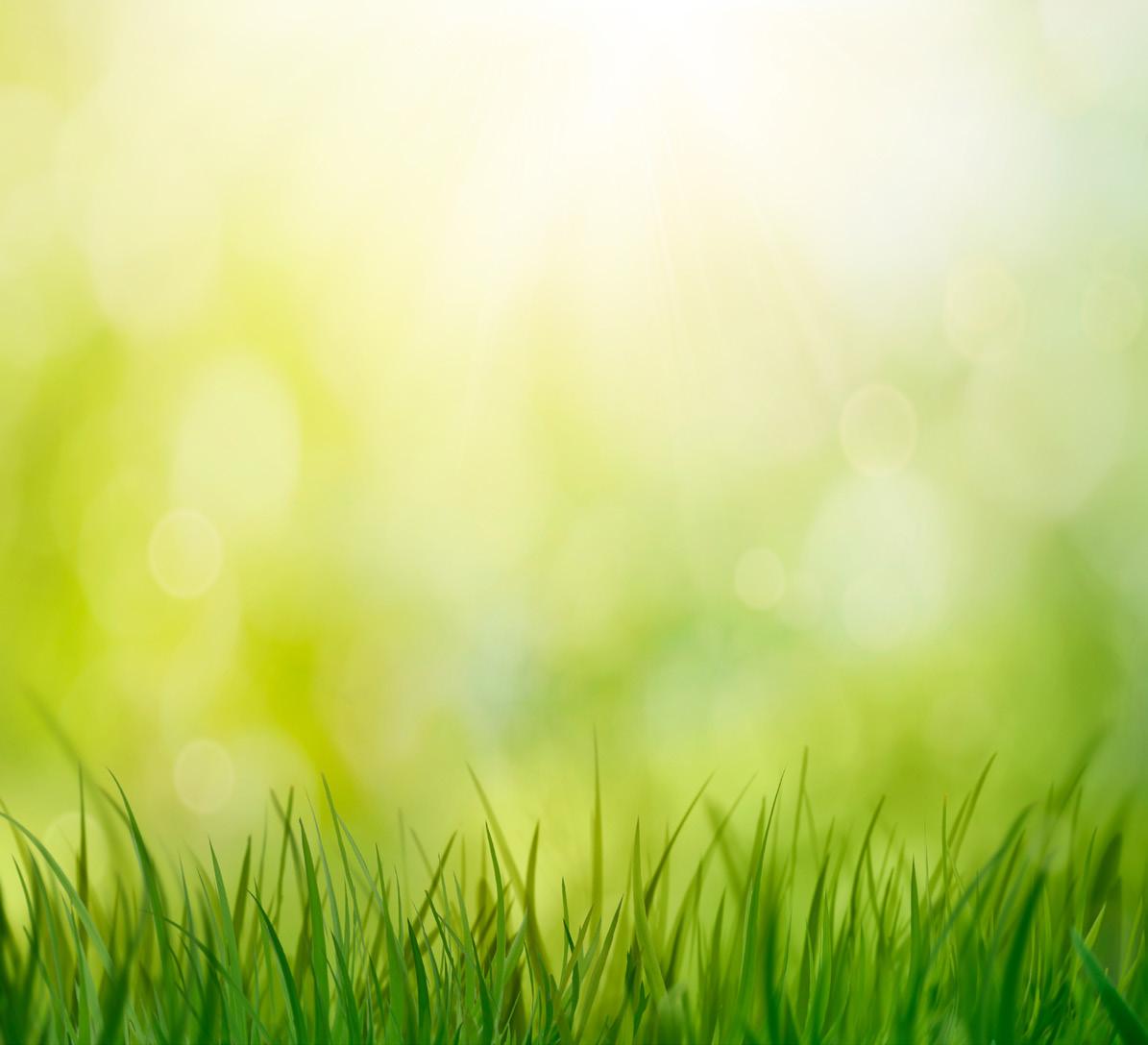
Nutrition Pyramid for an older horse: Forage forms the foundation of any healthy horse diet. Whilst adequate forage usually provides enough protein for mature horses, older horses may need an additional protein VITAMINS &VITAMINS & MINERALSMINERALSVITAMINS &VITAMINS & MINERALSMINERALS VITAMINS &VITAMINS & MINERALSMINERALS source such as lucerne hay, soy or lupins. Horses who lose condition on forage alone can obtain extra calories from a hard feed of cereals, legume grains or super fibres. All horses need to have minerals added to balance the rest of their intake. Vitamin E should always be supplemented and older horses also need extra vitamin C. Horses often need extra omega-3 oils added to the diet to balance their intake of omega-6. analysed and has a combined ESC + Starch value of less than 10%. as ryegrass and do not feed cereal (oaten, wheaten) hay or chaff. unknown, soak in warm water for 30 minutes or cold water for 60 minutes to remove soluble sugars. Drain and discard soak water before feeding. Soaking hay can reduce water soluble carbohydrates by 30%. Discard soaked hay after 12 hours if
OILOIL OILOILOILOIL

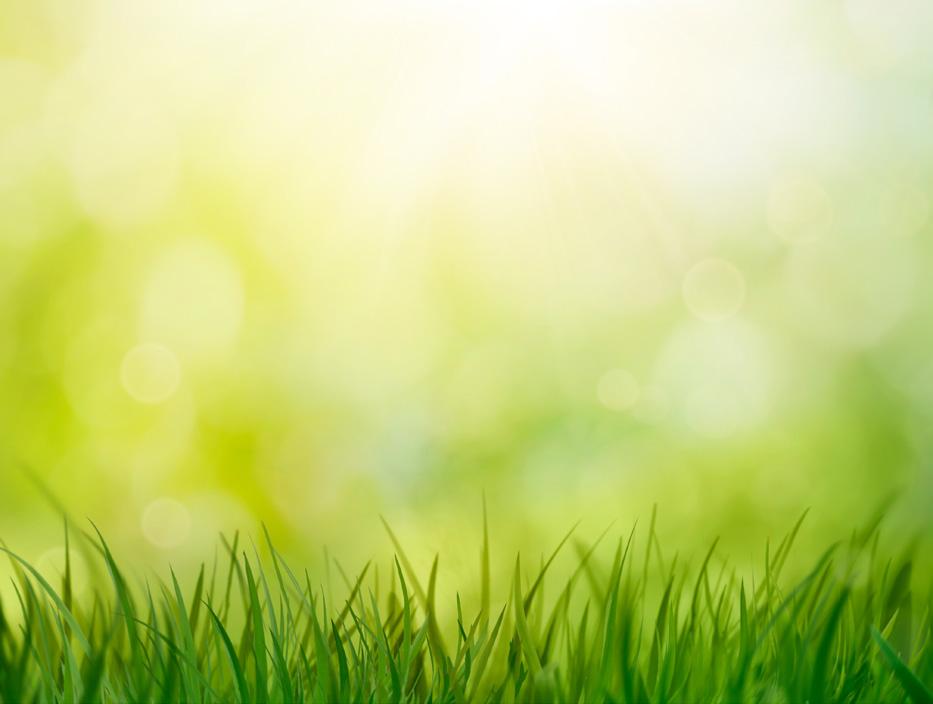




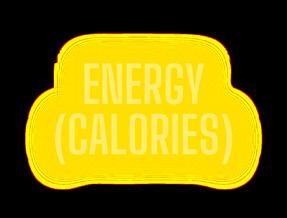


on hay for roughage and are fed large rations of omega-6 rich grains and hard feeds. Omega-3 rich supplements such as algal meal, fish oils, linseeds, linseed oil are the best way to improve the omega-3 to -6 ratio across the whole diet.
Many older horses benefit from the addition of other supplements for assisting with particular conditions. Examples include oral joint supplements, live yeast probiotics, mycotoxin binders and antioxidants.
It’s well worth having a qualified nutritionist check your older horse’s ration to ensure that it provides all the necessary nutrients and is well-balanced. Spending a little time and money on a good diet analysis often saves money being wasted on expensive, inefficient or unnecessary feeds.
Larissa Bilston,
BAgrSc (Hons 1), Nutritionist,
Choosing Low Sugar Hay Forage for horses with equine metabolic syndrome (EMS) requires constant, detailed attention to sugar and starch levels.
y
y
y Ideally, choose hay which has been Avoid high production grasses such If carbohydrate levels of hay are y
y Farmalogic. uneaten. It is the spike in blood glucose and consequently insulin levels that triggers laminitis, so horses with EMS can suffer laminitis without being overweight.






